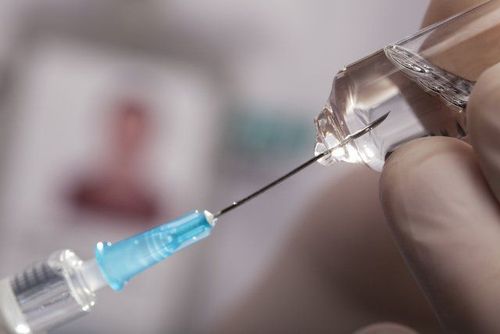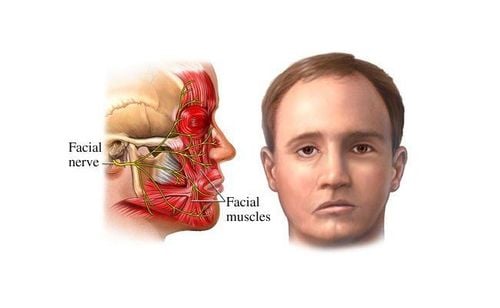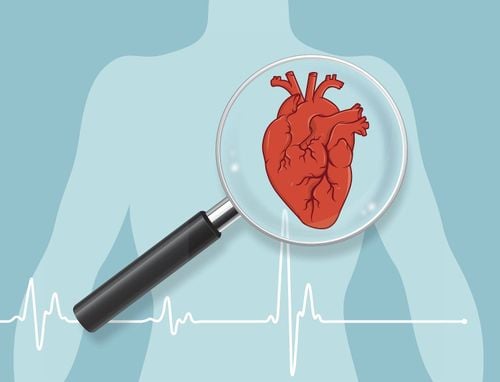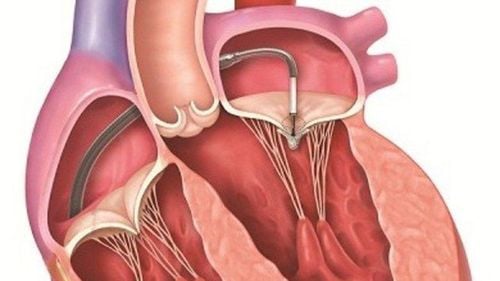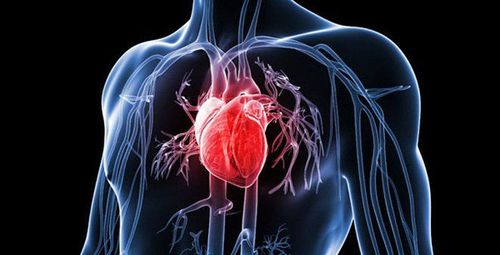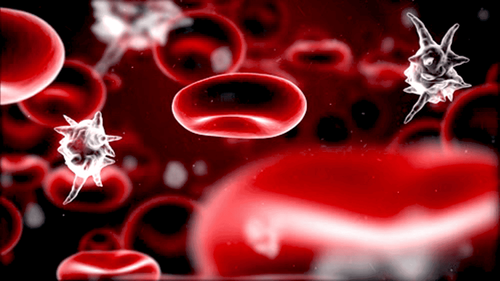This is an automatically translated article.
The article was professionally consulted by Specialist Doctor I Ho Quoc Tuan - Anesthesiologist - General Surgery Department - Vinmec Nha Trang International General Hospital. Doctor Quoc Tuan has many years of experience in the field of Anesthesia - Resuscitation.Command hypothermia is an advanced treatment technique that reduces mortality and complications in patients with respiratory arrest and other comorbidities. The hypothermia mechanism helps the brain reduce swelling and inflammation, improves blood flow and oxygen supply, so the brain has a better chance to recover.
1. What is command hypothermia?
Command hypothermia (also known as active hypothermia, target temperature control therapy) is a method of using cryotherapy techniques to actively control the patient's body temperature. The patient's body temperature falls below the normal physiological temperature.Normally, the patient's body temperature will be kept at 33-360C within 24-72 hours after respiratory arrest, in order to reduce mortality and neurological sequelae after circulatory arrest.
Mechanism of hypothermia command
Patients after circulatory arrest, even though their lives are saved, often leave very severe brain damage sequels such as memory loss, convulsions, hemiplegia, more severe can be paralyzed body , coma alive vegetative life .
In command hypothermia, the patient will be treated with heat or temperature here is medicine. The patient's body temperature will be brought down to 33-360C and this temperature will be maintained for a certain time. When the body temperature is lowered, the brain will have less edema, less inflammation, improve the state of brain cytotoxicity, better perfusion and oxygen supply to the brain, so the brain will recover quickly. Command hypothermia gives patients a better chance of survival and recovery of consciousness and movement. The mechanism of hypothermia-directed hypothermia includes many factors such as: decreased cellular anaerobic metabolism, decreased oxygen demand of tissues, decreased production of free radicals, decreased calcium transfer into cells, decreased release of substances that cause nerve stimulation, reduce damage to the blood-brain barrier, reduce intracellular acidosis,... Thereby helping to reduce brain tissue damage due to ischemia after circulatory arrest.
2. In which cases is hypothermia commanded?
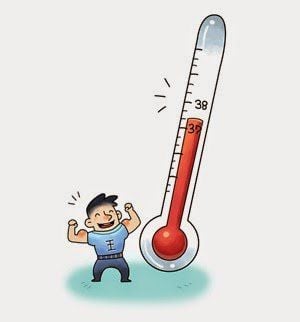
Neuroprotection in comatose patients after respiratory arrest. After the respiratory arrest, the patient was comatose, presenting with ventricular fibrillation - pulseless ventricular tachycardia during cardiopulmonary resuscitation. After respiratory arrest, the patient became comatose, presenting with systolic pulseless electrical activity during cardiopulmonary resuscitation. The patient has persistently raised intracranial pressure unresponsive to medical therapy. Command hypothermia has no absolute contraindications. In case the patient has severe infection, severe and prolonged hemodynamic disturbance, coagulation disorder, prolonged bleeding, cardiogenic shock. Command hypothermia can be performed after correcting coagulopathy, hemodynamic stability, and management of infections.
3. Procedure for conducting command hypothermia
Before instituting directed hypothermia, the physician will explain to the family the patient's condition, the benefits of the method, possible complications, and the cost of the treatment.Command hypothermia can be done in two ways:
Peripheral hypothermia (surface hypothermia): using cold water, cold blankets, patches with heat exchangers,...If sick Patients with large-scale skin infections, at risk of damage from hypothermia patches, should choose the method of central hypothermia. Central hypothermia (internal hypothermia): a caraher of cold solution is given into a central vein or cold fluid is infused into the general circulation. Stages of hypothermia in command :
Stage of rapid hypothermia : hypothermia by one of the two methods above, the patient's body temperature drops rapidly to the target body temperature of 32-36oC in 1- 3 hours. Target temperature maintenance phase: Depending on the patient's condition and treatment strategy, the target core temperature can be maintained for 24-48 hours. Rewarm phase: body temperature is raised by 0.25-0.5oC per hour to avoid hemodynamic disturbances or complications of acute pulmonary edema. Stage of maintaining normal body temperature: the core body temperature is maintained from 36.5 to 37.5oC for 24 hours. The technique of controlled hypothermia helps patients with circulatory arrest have a better chance of survival, studies around the world have shown that hypothermia reduces the mortality rate by 14%, reducing the rate of severe sequelae. 11%. Hypothermia should be performed 6 hours before to achieve the highest effect, if the patient goes to the emergency room after 6 hours, the effectiveness of treatment may be reduced.
Please dial HOTLINE for more information or register for an appointment HERE. Download MyVinmec app to make appointments faster and to manage your bookings easily.





